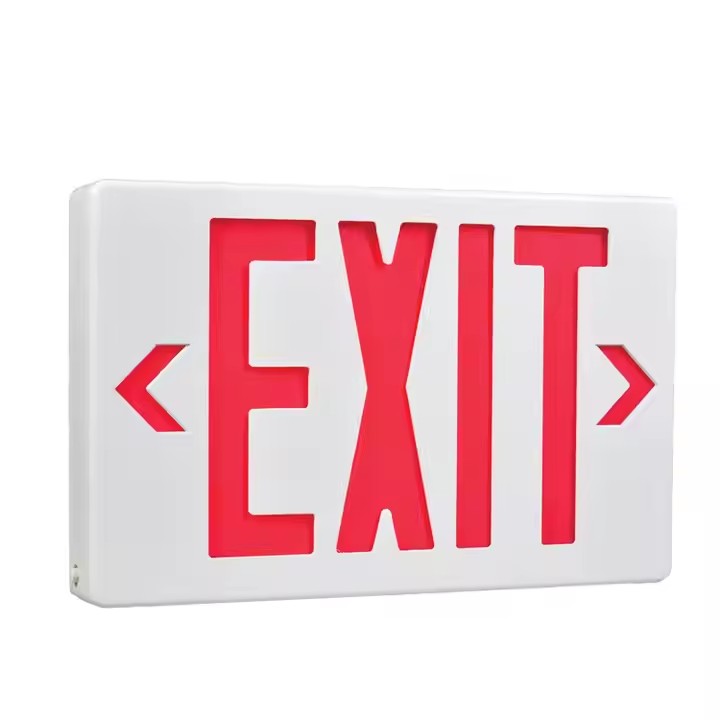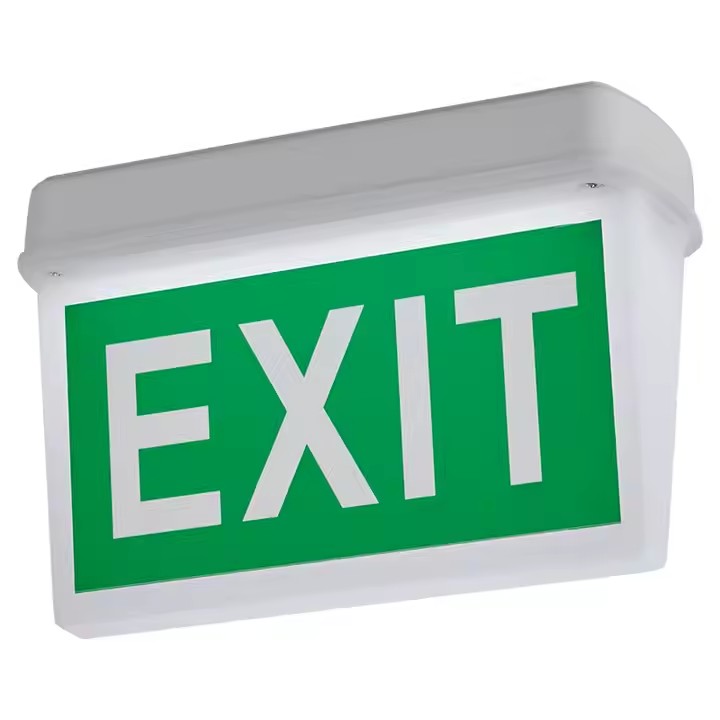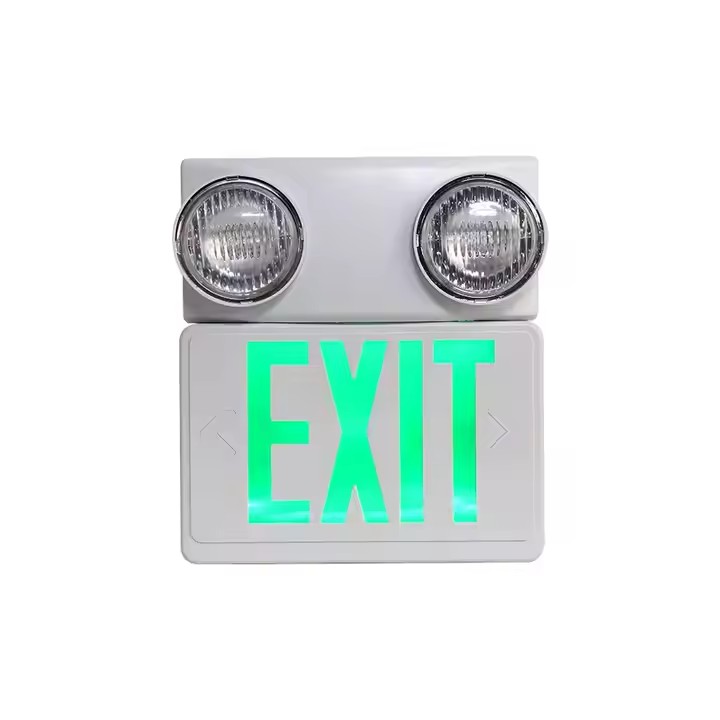Monday to Saturday - 8:00 -17:30
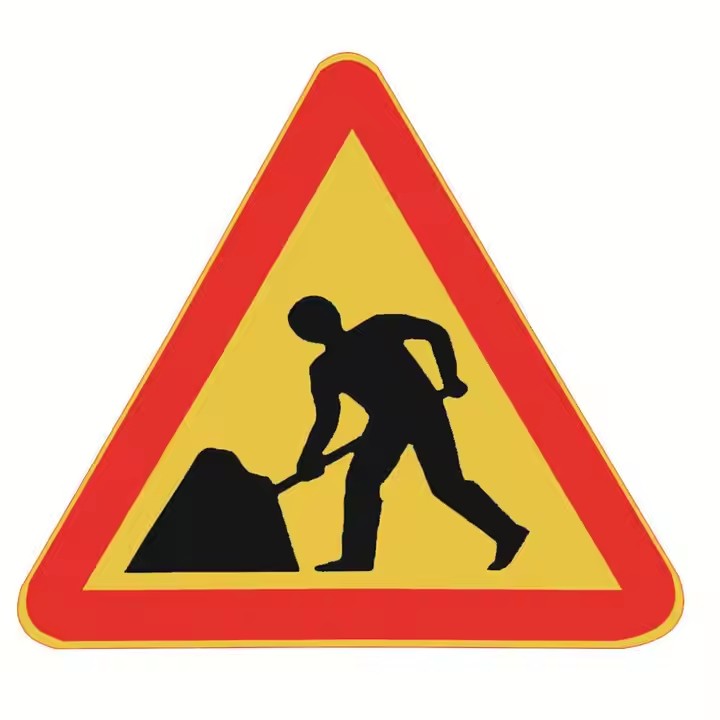
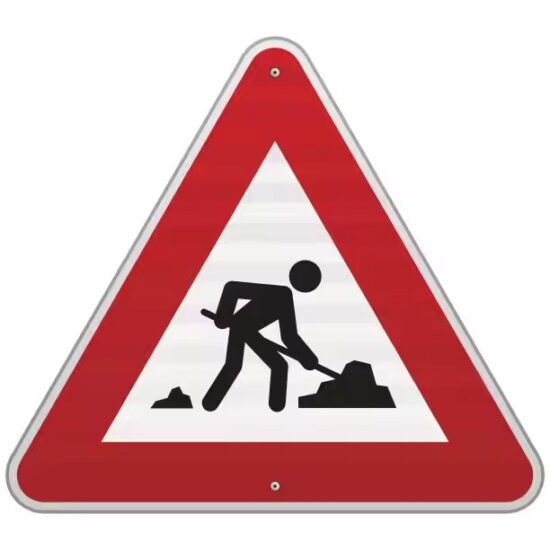
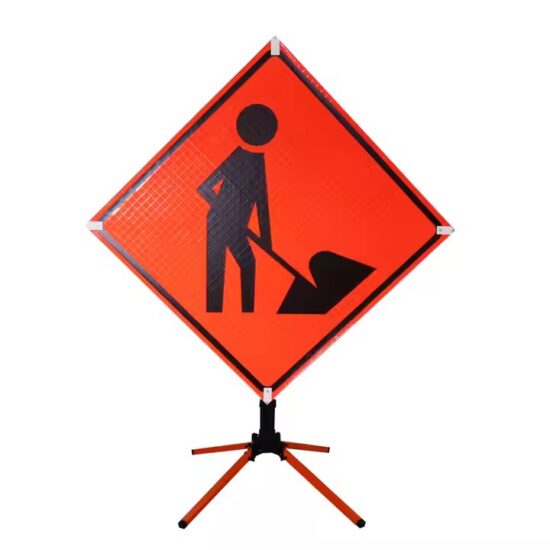
Understanding the Meaning of Different Construction Sign Colors and Shapes
Construction signs are crucial tools for communicating important information quickly and clearly on job sites. One of the most effective ways these signs convey messages is through standardized colors and shapes. Understanding these conventions helps workers, drivers, and visitors interpret signs accurately, ensuring safety and compliance.
1. Common Construction Sign Colors and Their Meanings
-
Orange
The universal color for construction and maintenance warning signs. Orange alerts people to temporary hazards such as road work, construction zones, or maintenance activities. -
Yellow
Used for general warnings that indicate caution but are not specifically related to construction. For example, slippery surfaces or changes in road conditions. -
Red
Indicates prohibitive or stop instructions. Commonly used for “Stop,” “Do Not Enter,” or “No Parking” signs to convey immediate action is required. -
White
Typically used for regulatory signs that provide instructions such as speed limits or parking regulations. -
Green
Provides directional information or guidance, such as “Go,” “Exit,” or route guidance. -
Blue
Often designates informational signs about services, facilities, or emergency assistance. -
Black
Used for regulatory information text and symbols on white or orange backgrounds.
2. Common Shapes and Their Interpretations
-
Diamond (♦)
Warning signs. Diamonds indicate caution and alert drivers or workers to hazards or changes in conditions ahead. -
Rectangle (▭) or Square (■)
Regulatory and informational signs. Rectangles are used for speed limits, directions, and other mandatory instructions. -
Octagon (🛑)
Stop signs. The octagon shape is reserved exclusively for stop signs, signifying the need to halt. -
Circle (○)
Often used for railroad crossing signs and other specific warnings. -
Triangle (▲)
Yield signs. An inverted triangle shape means slow down and prepare to give way.
3. Why Standardization Matters
Standardizing sign colors and shapes ensures everyone understands the messages instantly regardless of language or literacy level. This is especially important on construction sites where quick comprehension can prevent accidents and save lives.
4. Applying Colors and Shapes on Construction Sites
-
Temporary work zones will primarily use orange diamond-shaped warning signs to alert to hazards.
-
Regulatory signs like speed limits or “No Entry” will use rectangular or square shapes with white or red coloring.
-
Informational signs guiding traffic flow or exits typically use green rectangular signs.
5. Customization and Compliance
While colors and shapes must follow legal standards (such as MUTCD in the US), many construction sign manufacturers offer customization options like adding logos or bilingual text—without compromising the essential color and shape codes.
Conclusion
Understanding the meanings behind construction sign colors and shapes is key to maintaining safety and effective communication on job sites. Whether you’re a contractor, site manager, or supplier, knowing these basics ensures you select and deploy the right signs for every situation.
If you need professional, compliant, and customizable construction signs, contact us today for expert support and fast delivery.

